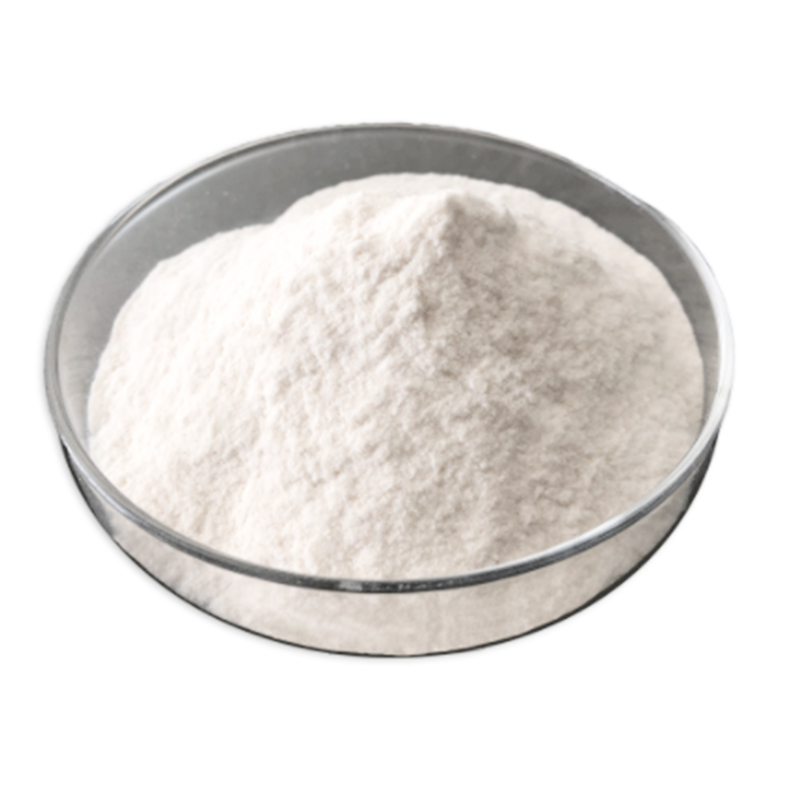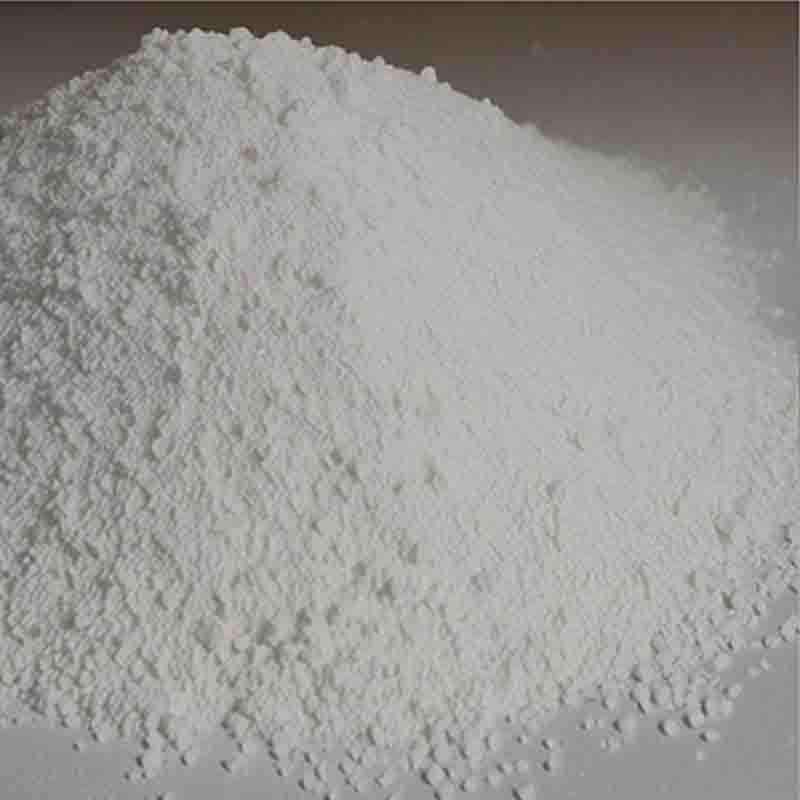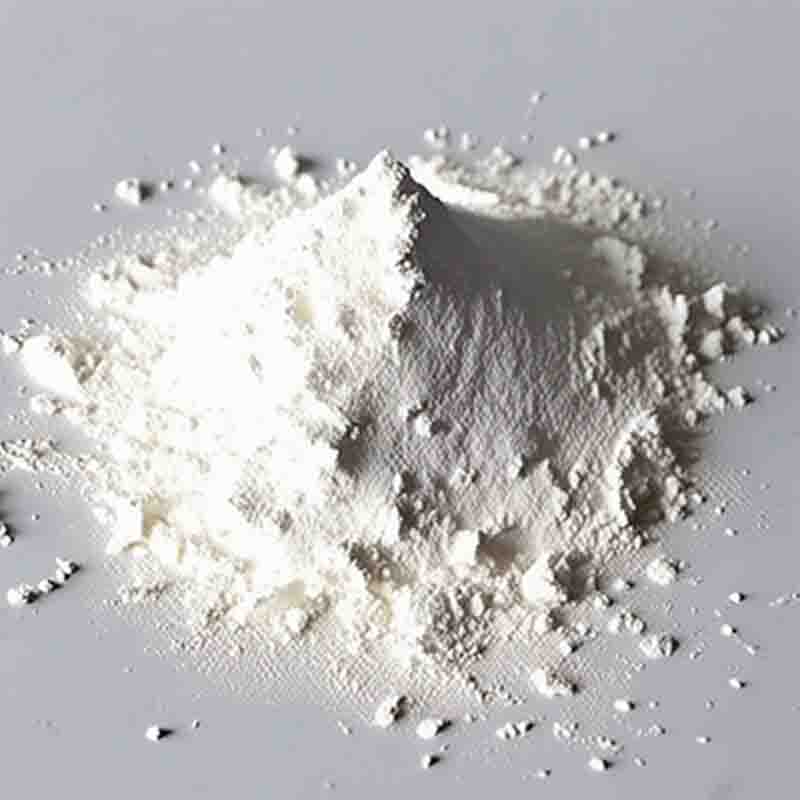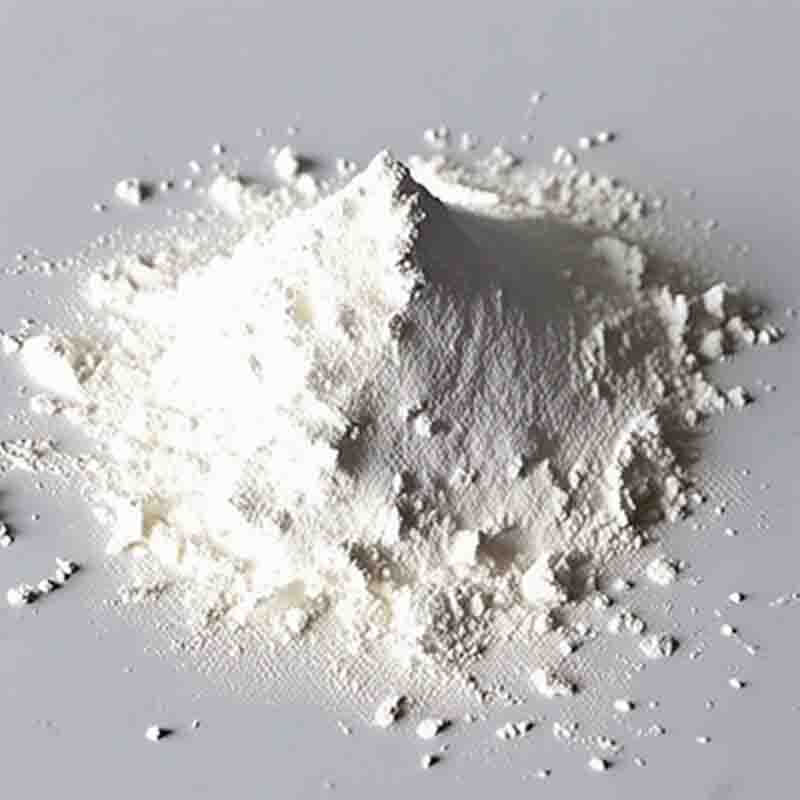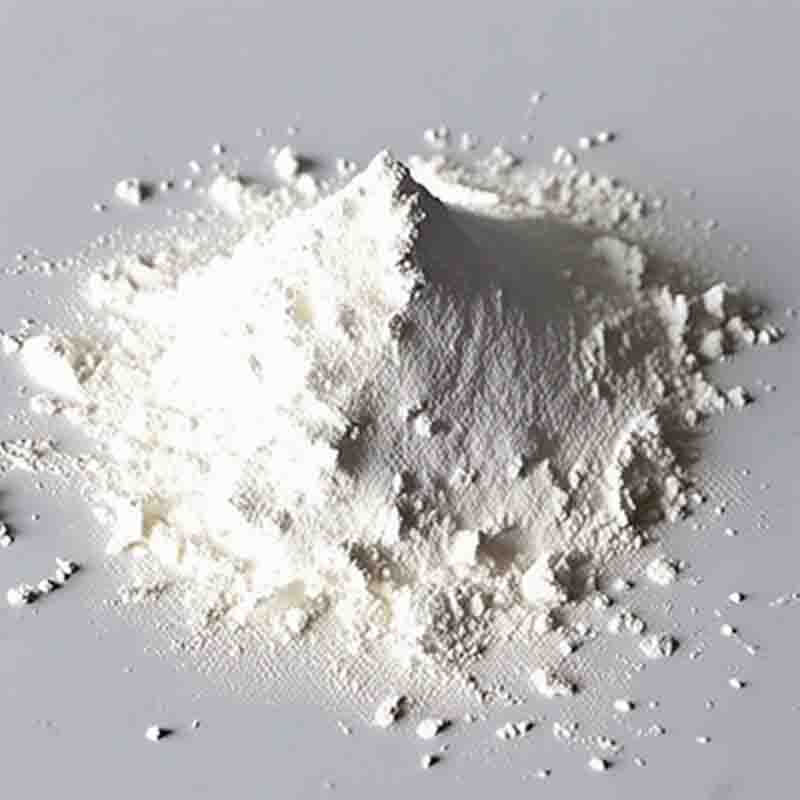1-(3,5-Dichlorophenyl)-2,2,2-trifluoroethanone CAS: 130336-16-2
| Catalog Number | XD93377 |
| Product Name | 1-(3,5-Dichlorophenyl)-2,2,2-trifluoroethanone |
| CAS | 130336-16-2 |
| Molecular Formula | C8H3Cl2F3O |
| Molecular Weight | 243.01 |
| Storage Details | Ambient |
Product Specification
| Appearance | White powder |
| Assay | 99% min |
1-(3,5-Dichlorophenyl)-2,2,2-trifluoroethanone, commonly known as trifluoromethylphenyl ketone, is an organic compound with the molecular formula C8H4Cl2F3O. It is a member of the ketone family and contains a trifluoromethyl group, a dichlorophenyl group, and a ketone functional group. Trifluoromethylphenyl ketone has several important uses across different industries due to its unique properties.One of the significant uses of trifluoromethylphenyl ketone is as an intermediate in the synthesis of pharmaceutical compounds. It serves as a key building block to produce various drugs and active pharmaceutical ingredients (APIs). The trifluoromethyl group, known for its electron-withdrawing properties, can impart desirable biological activities, such as improved metabolic stability and enhanced binding affinity to target receptors. Trifluoromethylphenyl ketone's ability to facilitate the synthesis of diverse pharmaceutical compounds makes it valuable in the pharmaceutical industry for the development of new drugs and therapeutic agents.Additionally, trifluoromethylphenyl ketone finds application as a reagent in organic synthesis. Its electron-withdrawing trifluoromethyl group can enhance the reactivity and selectivity of chemical reactions. This compound can undergo various transformations, such as nucleophilic addition, acylation, and oxidation, enabling the synthesis of complex organic molecules. Its versatility as a reagent makes it useful in both academic research and industrial settings, where the synthesis of organic compounds is a common requirement.Furthermore, trifluoromethylphenyl ketone is utilized in the field of materials science as a building block in the synthesis of functional materials. The trifluoromethyl group can modify the physical and chemical properties of materials, including their stability, hydrophobicity, and electronic properties. By incorporating trifluoromethylphenyl ketone into the molecular structure of polymers, dyes, and coatings, materials with enhanced performance characteristics can be obtained. These materials find applications in areas such as advanced engineering plastics, organic electronic devices, and specialty coatings.Moreover, trifluoromethylphenyl ketone is employed in the agrochemical industry as a key component in the synthesis of crop protection chemicals. The trifluoromethyl group imparts desired properties such as increased lipophilicity and metabolic stability, which are crucial for effective pesticide activity. As a result, trifluoromethylphenyl ketone serves as a valuable starting material for the production of herbicides, fungicides, and insecticides, contributing to the protection of crops and increased agricultural productivity.In summary, trifluoromethylphenyl ketone is a versatile compound with diverse applications in pharmaceutical synthesis, organic chemistry, materials science, and agrochemical industries. Its unique properties, such as the electron-withdrawing trifluoromethyl group, make it valuable in the development of pharmaceutical compounds, as a reagent in organic synthesis, as a building block in functional materials, and as a component in crop protection chemicals. Researchers and industry professionals continue to explore its potential applications, aiming to leverage its properties for the development of new and improved products in various fields.




